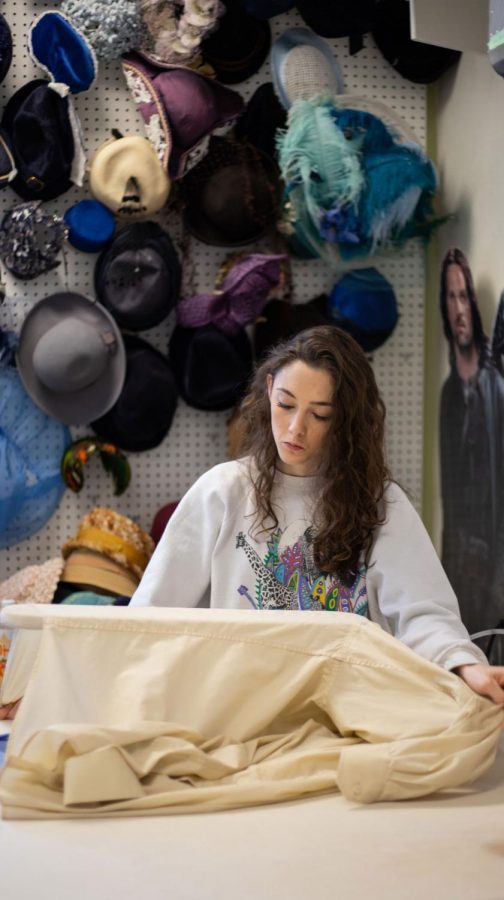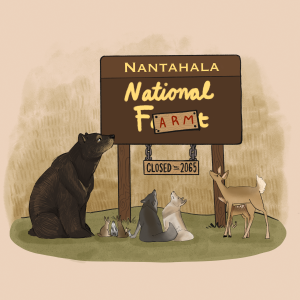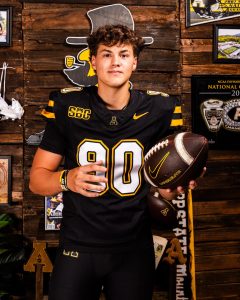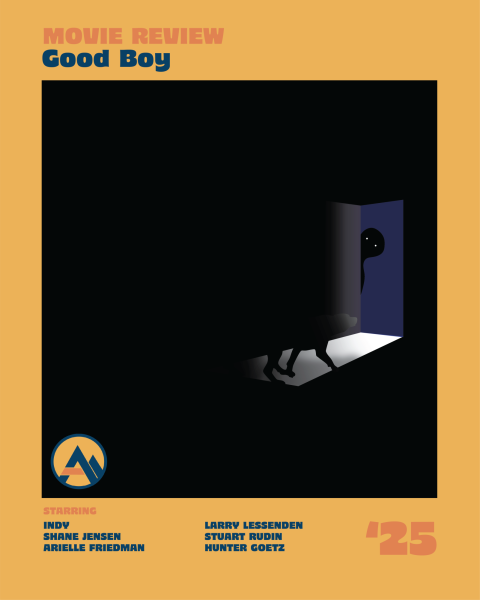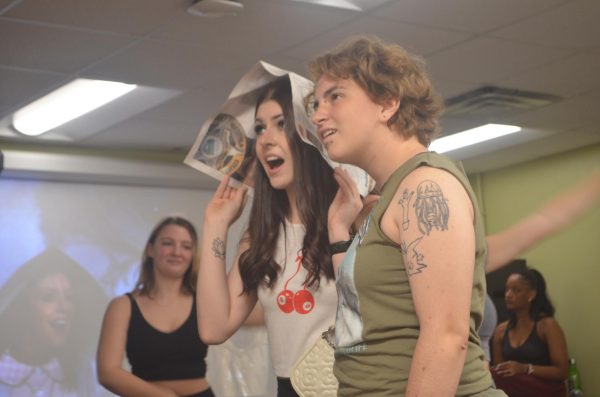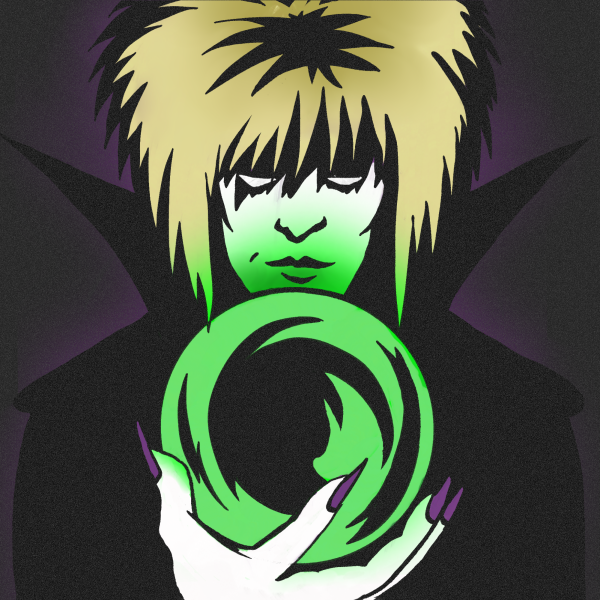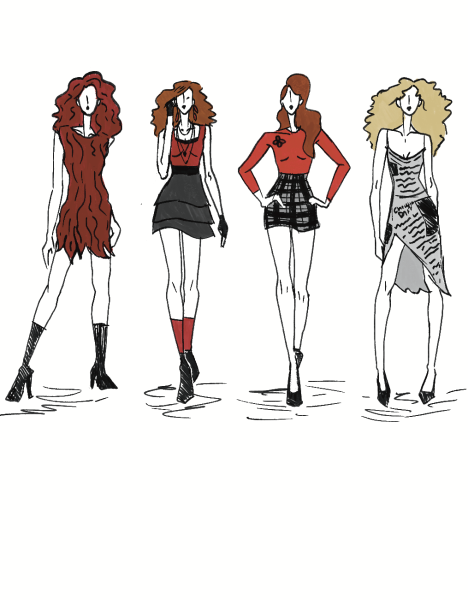Department of Theatre and Dance shop hires students to make costumes for productions
Junior dance studies major Amanda Mason works on a costume design for the theater department’s upcoming production of William Shakespeare’s “A Midsummer Night’s Dream.” The show opens on April 10th.
March 20, 2019
In October, freshman theatre arts major Josiah Ford walked into the costume shop on the first floor of Chapell Wilson Hall and asked if he could volunteer. Kristin Grieneisen, the costume shop supervisor, threw him a pair of velvet, stretchy pants to hem. Now Ford is not only hemming pants, but sewing entire dresses together—and getting paid to do it.
The costume shop now employs 13 students to make costumes for all theater and dance productions on campus. Besides sewing clothes, workers also create masks and hats, design wigs, and dye fabrics. Students can volunteer or work in the costume shop even if they haven’t taken the costume and makeup or production running crew classes. Grieneisen runs the shop, but theatre professors Martha Marking and Sue Williams design costumes for productions and assist workers if they need it.
Senior theatre arts major Michele Zaremba started volunteering in the shop in January to fulfill the 20-hour requirement for her costume and makeup class. Zaremba started off with small things—ironing, taking in skirts and sewing labels on costumes for “Eurydice,” which the Department of Theatre and Dance put on in February.
Now Zaremba enjoys the serging machines, which cut excess fabric from seams and finishes the edge of the fabric with a tight stitch so it does not fray.
Serging still makes employee Xel Bernardo, sophomore theatre performance major, nervous. Bernardo once cut off too much fabric while serging, but luckily there was extra fabric to correct her mistake.
Certain fabrics have also caused Bernardo problems. Bernardo experienced deep frustration while working on the mesh costumes for Fall Appalachian Dance Ensemble. Fabrics like cotton are behave, but others like mesh are “a nightmare.”
“It bunches up very easily or you end up sewing together pieces you don’t want to sew, and it’s just a lot of seam ripping,” Bernardo said. “You’re afraid to seam-rip any mistake you made because you might seam-rip the actual mesh.”
Ford has also struggled with misbehaved fabrics on the sewing machine. He once sat at the machine for an hour sewing tulle, a lightweight plastic material used to make skirts and dresses poofy. He accidentally ripped the tulle three inches, so he had to start over.
Tulle is not only difficult to sew, it is like an open banana peel on the floor. One of Ford’s coworkers got up from the machine, stepped on the tulle hanging down from it and wiped out. Ford said even though it sounds funny now, it was terrifying in the moment, because she could have injured herself.
Not all experiences in the shop are dangerous. Ford said on the average day he loves working the machine.
“Sitting there and watching it go through, and follow through and make sure everything lines up and then you take it off,” Ford said. “There’s thread holding it together, and it’s an article of clothing at that point.”
For Bernardo, using a sewing machine is a nostalgic and relaxing experience. She remembers people coming in and out of her house to have her grandmother mend their clothes. Because she grew up around a machine, she picked up the skill quickly.
Bernardo compared sewing at the machine to driving.
“You’ve got a pedal, and you’ve got to focus,” Bernardo said.
Bernardo said getting distracted can result in a mishap like sewing your sleeve into the fabric.
Before the costume ends up at the machine, it goes through multiple steps. The costume designer draws a rendering, which gets passed to a shop worker along with the actor’s measurements. Using thick brown paper, the worker cuts a pattern for the costume. The worker uses the pattern to make a mockup, a barebones muslin version of the costume. The actor tries on the mockup, and the worker pins and marks it so they can make adjustments. The worker uses the pattern to start cutting the real fabric for the costume, “which is really scary because we usually have a very limited amount of fabric,” Ford said.
After the worker sews the costume, the actor tries it on, and the worker pins it where it needs alterations. Sometimes that involves taking the fabric in or out again and again until it fits perfectly.
Ford said watching a costume go from rendering, to mockup, to finished product is extremely rewarding and fills him with pride. When the actor tries on the costume for the final fitting, it’s sometimes a magical moment.
“I know it’s sturdy and I know the entire inner workings of it,” Ford said. “I’d compare it to like a sculpture or an art piece, where you finish it and you put it where it’s meant to be… and you’re happy with it.”
Other times the sheer frustration with the costume makes Ford say, “I never want to see this thing again.”
Even though their jobs can be stressful and frustrating, Grieneisen makes sure her workers are in a laid-back work environment. Ford recalled a moment when he and the other workers were silently hunched over sewing machines, sergers and work tables. Grieneisen walked in and said, “Where’s the music? It feels too sweatshoppy in here.”
Bernardo said the environment is supportive and positive. When someone needs help or doesn’t know how to do something, Grieneisen is patient.
“She doesn’t get frustrated whatsoever,” Bernardo said.
Since the shop is now working on costumes for Shakespeare’s “A Midsummer Night’s Dream,” they crack jokes about Bottom’s costume, whose head gets transformed into the head of an ass.
Zaremba said she always feels comfortable in the shop.
“Everytime I go in, I don’t really know anyone, but there’s music playing and we all just kind of start talking,” Zaremba said.
Despite the injuries, repeated adjustments and mishaps, the workers find solace and satisfaction in working in the costume shop.
“Whenever I have a stressful day…just going in and being around everyone and focusing on one small task at a time is just very therapeutic,” Bernardo said.
For more information about the costume shop, visit Grieneisen’s office in Chapell Wilson Room 133A or email her. The costume shop is open Monday through Friday 1-5 p.m.

